
EVOLUTION OF COMPUTERS
- Categories Computer Fundamentals
A computer is an electronic machine that takes information, stores it, processes it rendering to the instructions provided by a user and then returns the result. Today, we take computers for granted, and they have become part of our routine activities. While computers as we know them today are relatively modern, the concepts and ideas behind computers have quite a bit of history .
ABACUS
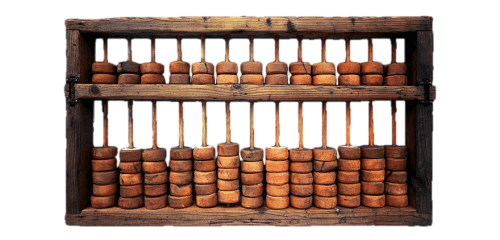
Abundant Beads, Addition & Calculation Utility System
- The abacus , also called a counting frame.
- First mechanical device used for calculations.
- It used to perform basic arithmetic operations.
- Invented by Mesopotamians around 3000 BC.
- Had beads on movable rods divided in 2 parts.
- Used even today by young children to learn basic calculations.
NAPIERS BONES
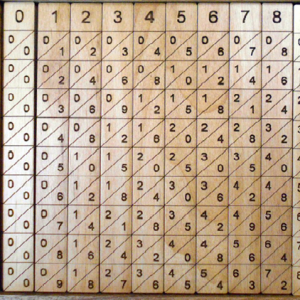
- Invented by John Napier, a Scottish mathematician, in 1617.
- The method was based on lattice multiplication.
- It has set of rods or bones with multiplication tables on them.
- Performed addition, subtraction, multiplication and division.
- More advanced use of the rods can even extract square roots.
PASCALINE
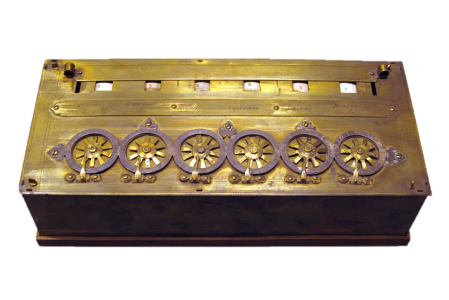
- Invented by Blaise Pascal, a french Mathematician invented it in 1642 .
- Pascaline is also known as the arithmetic machine or Pascal’s calculator.
- It could perform ADDITION and SUBTRACTION faster than the Abacus.
- The Pascaline Machine consisted of numerous toothed wheels having unique position value.
- The rotation wheels controlled the Addition and Subtraction operation.
- This Machine was capable carry-transfer automatically.
LEIBNIZ WHEEL
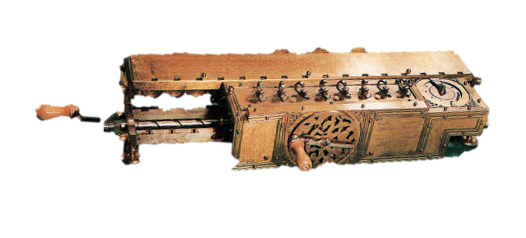
- Invented by Gottfried Wilhelm Leibniz in 1685.
- Extended Pascal Calculator to have automatic multiplication and division.
- This Machine performed multiplication through repeated addition of numbers.
- It had a cylinder or stepped drum with a set of teeth of incremental lengths which, was coupled to a counting wheel.
JACQUARD'S LOOM
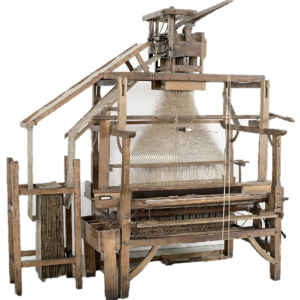
- It was invented by Joseph Marie Jacquard in 1804.
- It made the cotton weaving process automatic.
- The loom was controlled by a number of punched cards laced together into a continuous sequence.
DIFFERENCE & ANALYTICAL ENGINE
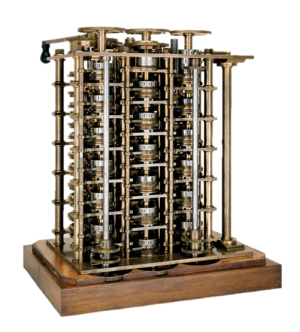
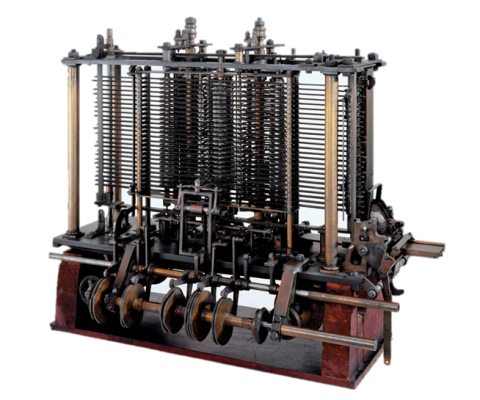
- Invented by Charles Babbage in 1822 and 1833.
- Difference Engine was expected to calculate logarithmic tables to high degree of precision.
- Difference Engine was capable of polynomial evolution by finite difference.
- It could solve differential equations and was powered by Steam.
- It stored program to perform calculations and print results
- Analytical Engine had Input, Output, Store, Mill and Control units
CENSUS MACHINE
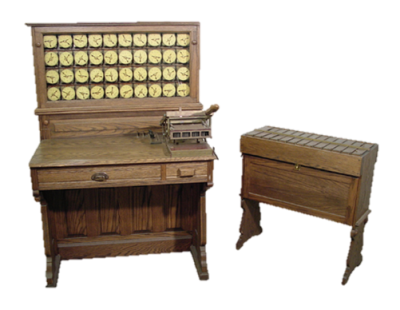
- It was invented by an American named Herman in 1889.
- It was invented to count the population of USA.
- Its operation were controlled by punched cards.
MARK 1

- It was invented by Howard Aiken in 1944 along with IBM.
- It was the largest electromechanical computer.
- “MARK-I” could multiply two 10 digit numbers in 5 second-a record at that time.
- It could execute computations automatically. It is considered to be the real beginning of the era of the modern computer
John Von Neumann Architecture
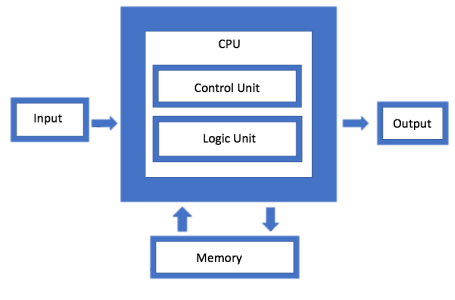
- In 1945 Dr John Von Neumann proposed the concept of a stored program computer
- Program and data could be stored in the same memory unit.
- It had 5 Components – Processing Unit, Control unit, Memory, external storage and Input and Output mechanisms.
Check out our video on Evolution of Computers: https://youtu.be/rKjfb9vscVM
You may also like

Getting Started in Software Engineering
2 November, 2023

Output devices
9 December, 2020

Input devices
9 December, 2020
